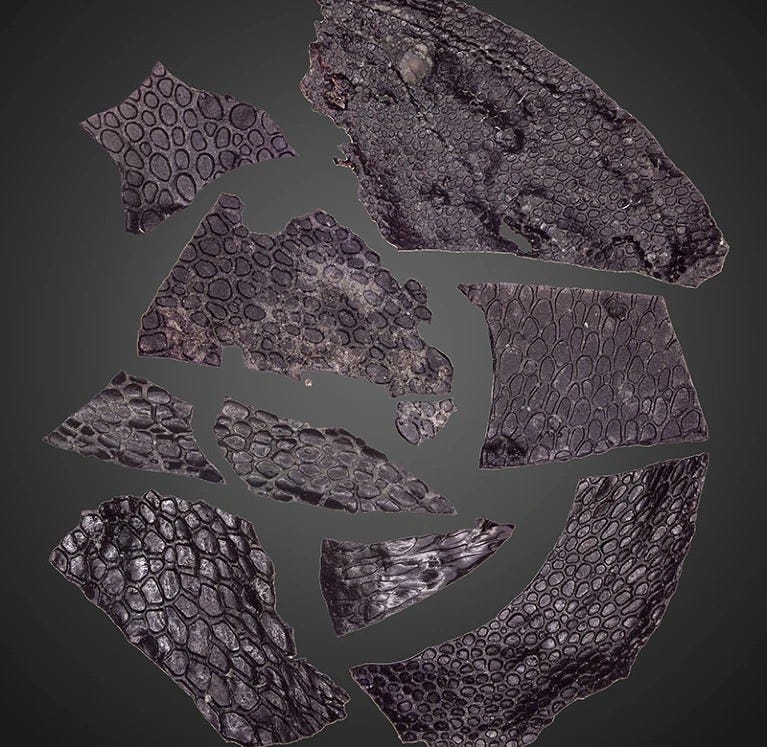🔦 You need lasers to find lost cities in the Amazon: This week in science
Last year, I experimented with weekly science news. Now, get ready for more! Alongside recent discoveries, I’ll share my current reads and quirky finds. Fasten your seatbelts, it will be weird!
Indiana Jones Meets High Tech
Archaeologists have made a major discovery in Ecuador’s Upano Valley, situated deep in the Amazon and at the foot of the Andes. Using LIDAR technology, similar to that in self-driving cars, they’ve unearthed a network of pre-Hispanic urban centres. This advanced tool maps surfaces by bouncing lasers off them, revealing a complex 3D landscape.
Home to at least 10,000 people and possibly 30,000 at its height, the site includes monumental platforms, vast plazas, and intricately planned streets. These structures were built around 2,500 years ago and thrived for about 1,000 years.
A standout feature is the elaborate road system, stretching over tens of kilometres, connecting these ancient cities like modern interstate highways. This discovery provides a fascinating insight into early urban planning, reminiscent of the Maya civilisations in Mexico and Guatemala.
This skin needs some anti-ageing products
This dark shred of fossilised material is the oldest reptile skin ever found, at about 289 million years old. Folks, it’s even older than dinosaurs!
It’s a real treasure trove for scientists who usually deal with mineralised tissue like bones and shells. Getting something as soft and prone to decomposition as skin would allow them to understand the evolution of ancient organisms better.
But how did such fragile material stay preserved? It’s all thanks to oil seeping into the cave as the skin was fossilising. Basically, the world’s oldest skin got pickled in petroleum.
Don’t get lost in translation
Vasco Translator E1 earpiece is like a tech version of the Babel Fish from Hitchhiker’s Guide to the Galaxy. It translates 50 languages in real-time, with a phone app’s help. It’s smart, too, handling idioms and nuances, making it perfect for everything from business to chatting with locals. However, I’m not sure it will master Vogon poetry.
When England dictated what you wore
In 14th-century England, fashion police were real. The 1363 Statute Concerning Diet and Apparel was a strict dress code based on your wallet size. If you were a lord worth over £1,000 (just under a million in today’s money), wear whatever. Everyone else? Sorry, no fancy furs, silks, or bling for you. The less you had, the drabber the wardrobe. At the bottom? It was all about a budget-friendly blanket and russet (think itchy, dull cloth).
Source: A Short History of the World According to Sheep by Sally Coulthard.
Turn the lights on
In 2016, researchers randomly allocated temporary streetlights to public housing developments in New York City. What happened next? Well, communities with more lighting saw sizable reductions in crime. More precisely, streetlights reduced nighttime crime by 36%.
And that’s all for today. Thanks for reading! If you liked my newsletter, please share it with a friend or two.
Elia Kabanov is a science writer covering the past, present, and future of technology (@metkere).
Illustration: Elia Kabanov feat. MidJourney. Reptile skin photo: Mooney et al./Current Biology. LIDAR picture: Antoine Dorison & Stéphen Rostain.




